We caught up with the brilliant and insightful Malavika Rao a few weeks ago and have shared our conversation below.
Malavika , thanks for joining us, excited to have you contributing your stories and insights. Can you talk to us about a project that’s meant a lot to you?
Last year, as part of my MFA at Calarts, I exhibited my art in a solo exhibition titled, “dear ponnu,”. This exhibition was rooted into the imaginary worlds I created for myself as a child. These were the worlds that existed in the unrealized spaces of my childhood home, underneath the dining table and at the back of closets. In the installation, I harnessed the protection that these hidden spaces provided for my childhood self. During this time, I was in therapy for the first time. I began to realize that I felt extremely disconnected from my childhood self, they felt like another person to me. I was holding a lot of anger and hate towards her. In conversations with my therapist, I finally understood that in order to truly love myself, I had to also love her. The world that I was trying to build in this installation was not just for my own healing, but for Ponnu, my past self. I hoped that the security it provided could enable her and I to repair the relationship between us, so we could move forward together, and learn what it truly means to love and be loved in return.
In this project, I utilized various craft practices such as crochet, quilting, and ceramics, but my craftsmanship was messy and imperfect; this is an important aspect of the work. I did not weave my ends in, I let my fabric fray, I left my clay unfired. I did not correct my mistakes, but rather allowed them to flourish in my forms. Ignoring convention became a part of the work. By not “finishing” my pieces, I left them in a state of fragility. They must be handled gently in case they break or come undone. In order to preserve them through time, I must continue to care for them, I must notice when they require repair. My relationship with Ponnu is in a similar state of fragility. Loving her is not instinctive, it requires labour. I have to handle our relationship gently in order to make it last. I must continue to notice when it requires repair. Almost a year out from the completion of this project, there are already spots that need to be mended; a gentle reminder that this work of self-healing is only the beginning, and there may never be an end.
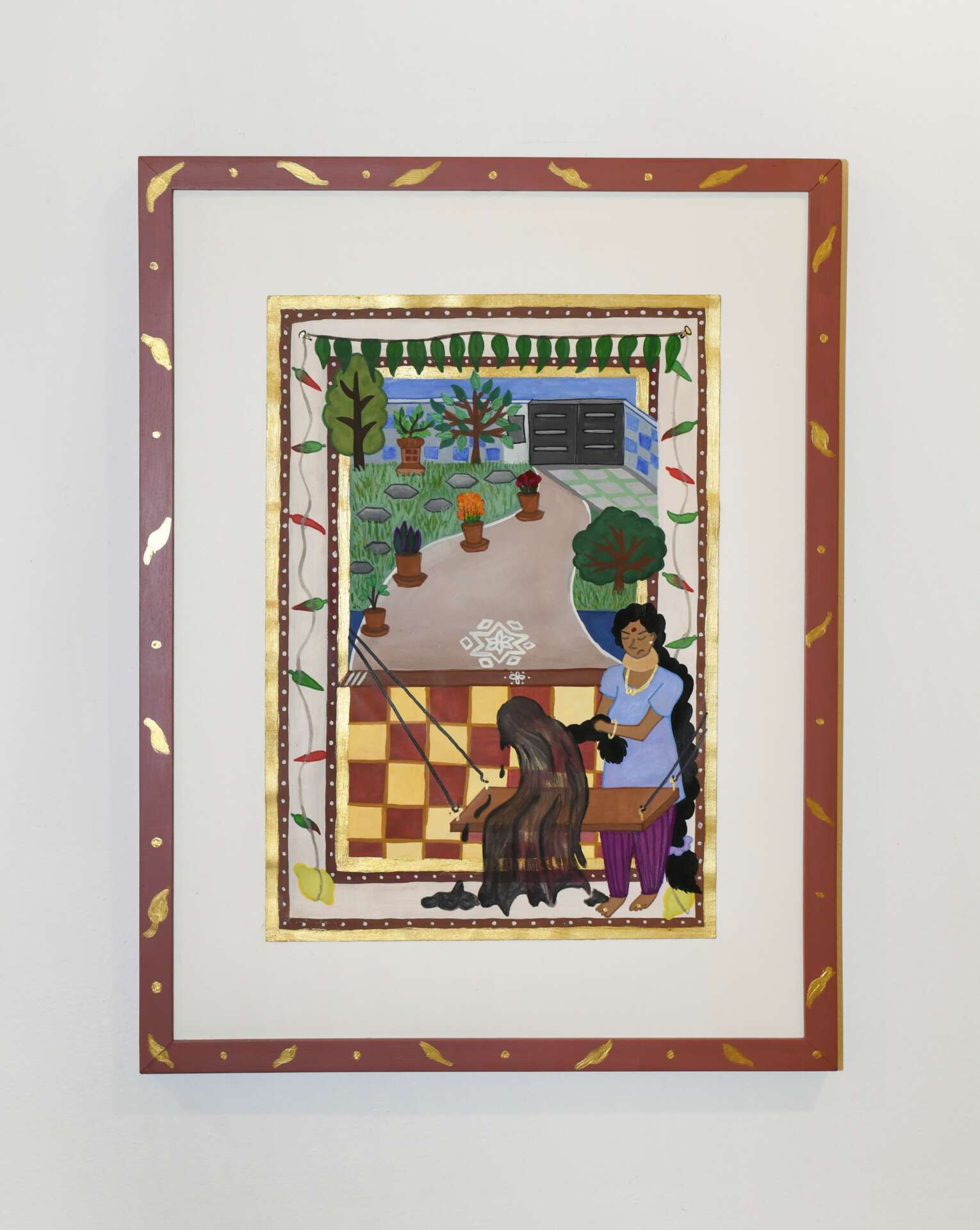
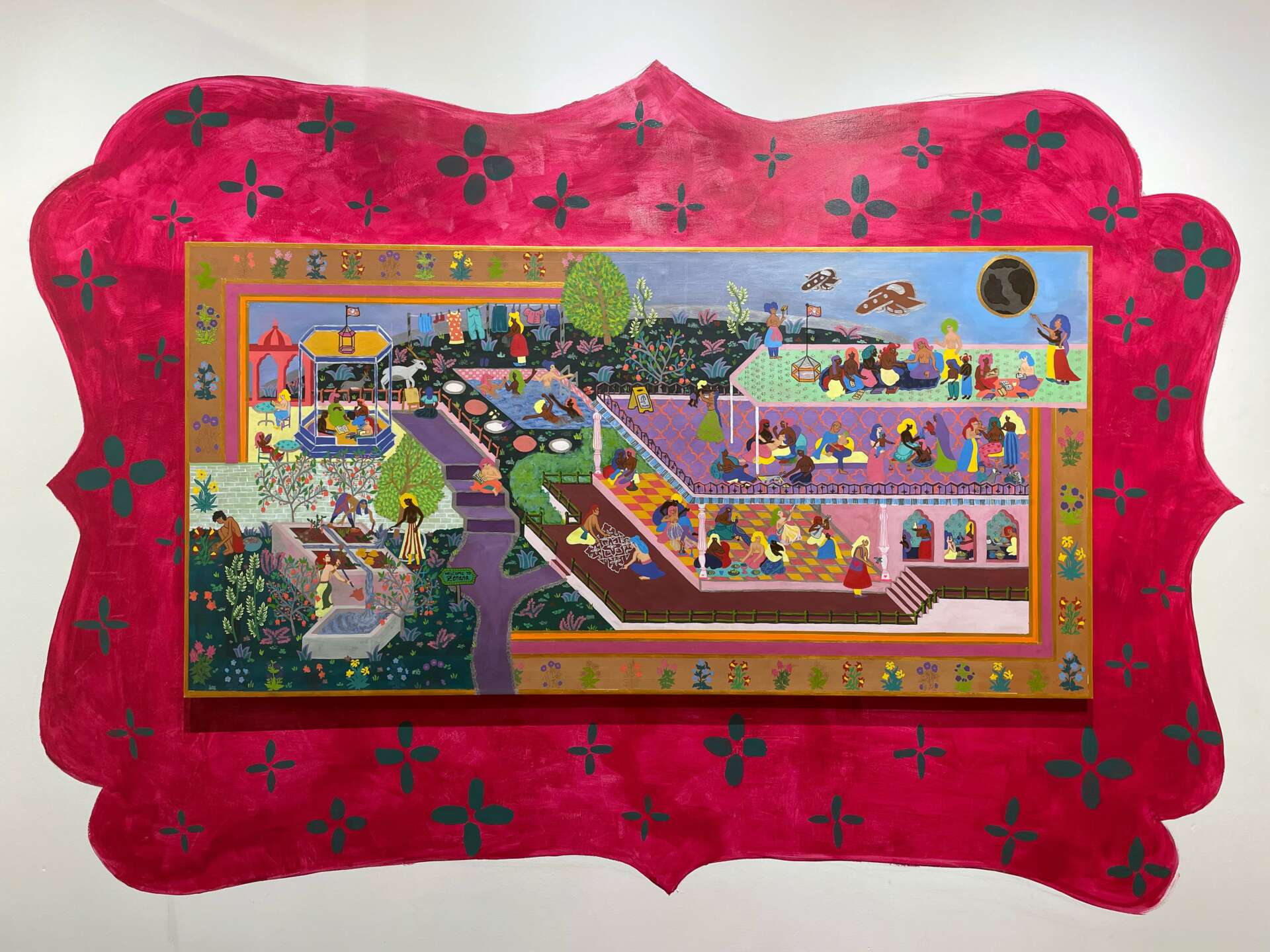
Awesome – so before we get into the rest of our questions, can you briefly introduce yourself to our readers.
I am an artist and educator from Bangalore, India, living and working in Los Angeles. My multidisciplinary practice utilizes painting, ceramics, fiber, and installation to explore generational trauma and healing. I use craft knowledge and histories to articulate resistance to dominant familial and societal structures. I am drawn to craft because it grants me the power to travel through time. Craft knowledge is typically passed down through interpersonal relationships that develop within the domestic space. My mother taught me how to sew, and her mother taught her. My sibling and I learned how to crochet with each other. These relationships are inextricably linked to craft; they are the intertwining threads of what sustains the practice of love. In my practice, I look to ancestral knowledge, the temporal powers of craft, and installation to construct portals to the past and imagine alternative narratives for the future. I aim to build new worlds at the intersections of pasts and futures – for myself and my community – in the hopes that these worlds can become powerful realms of healing, resistance, and love.
I received my BA from Kalamazoo College and my MFA from California Institute of the Arts. I currently teach in the Foundation Department at Otis College of Art and Design. I also work as a teaching artist at ArtworxLA, an organization who partners with different alternative high schools in the LA area. As an artist and a teacher, One of my main goals is to facilitate communities of care. As artists, I believe we have the unique opportunity to catalyze the existing power of communities. Through both my studio practice and my teaching practice, I aim not only to imagine supportive and loving future worlds – but to facilitate the actual creation and implementation of them.
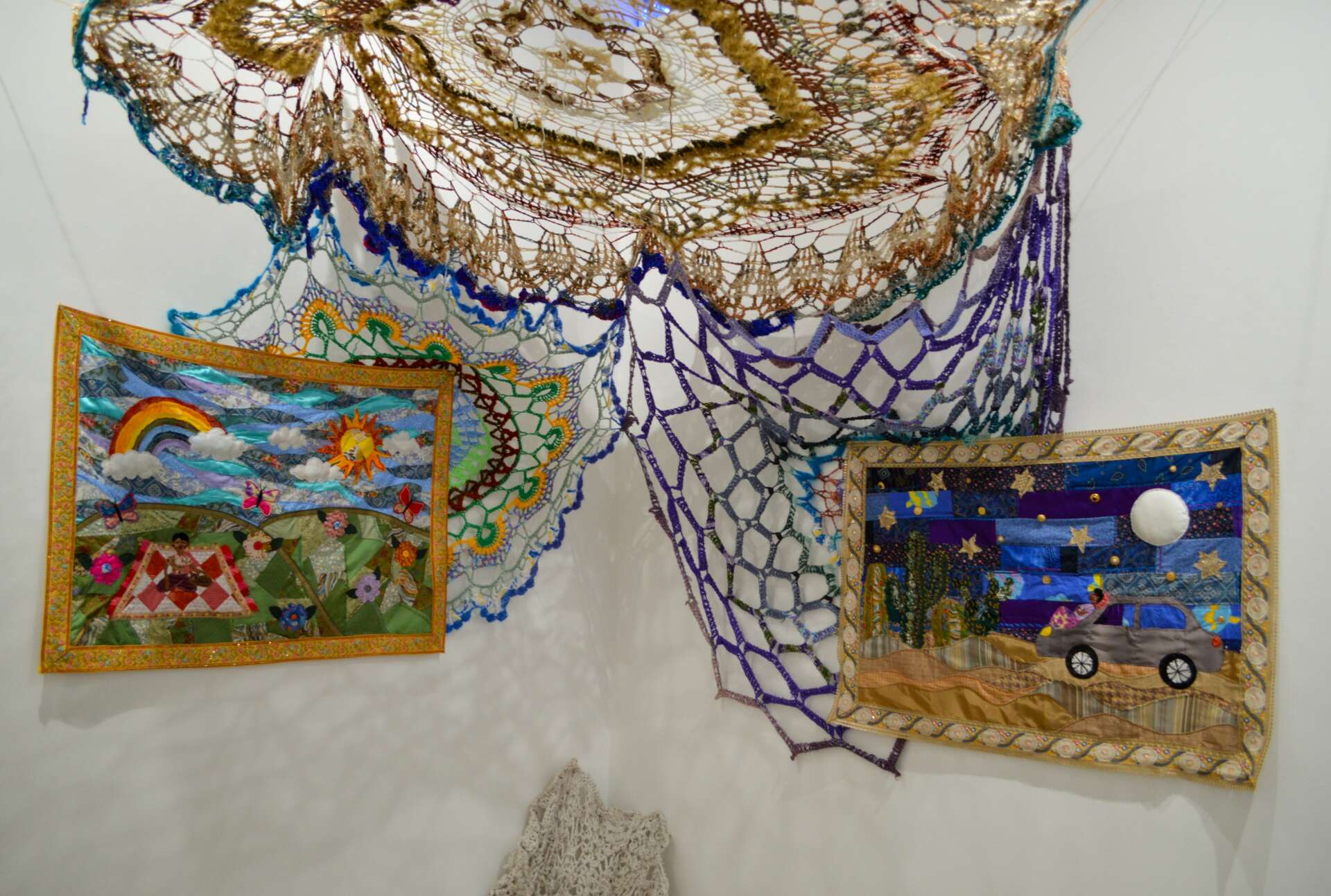

Is there mission driving your creative journey?
I think one of the main goals that drive my creative practice (and my teaching practice, for that matter), is to facilitate the creation of economies of care. If recent years, and especially the last few months, have taught us anything, it is that the systems that currently govern the world are not created with the intention to support us. In order to break down these systems, we need to replace them with communities and infrastructures of care. As an artist, I believe I have the responsibility to facilitate the building of these communities, and in all the work I do, I try to put that mission at the forefront.
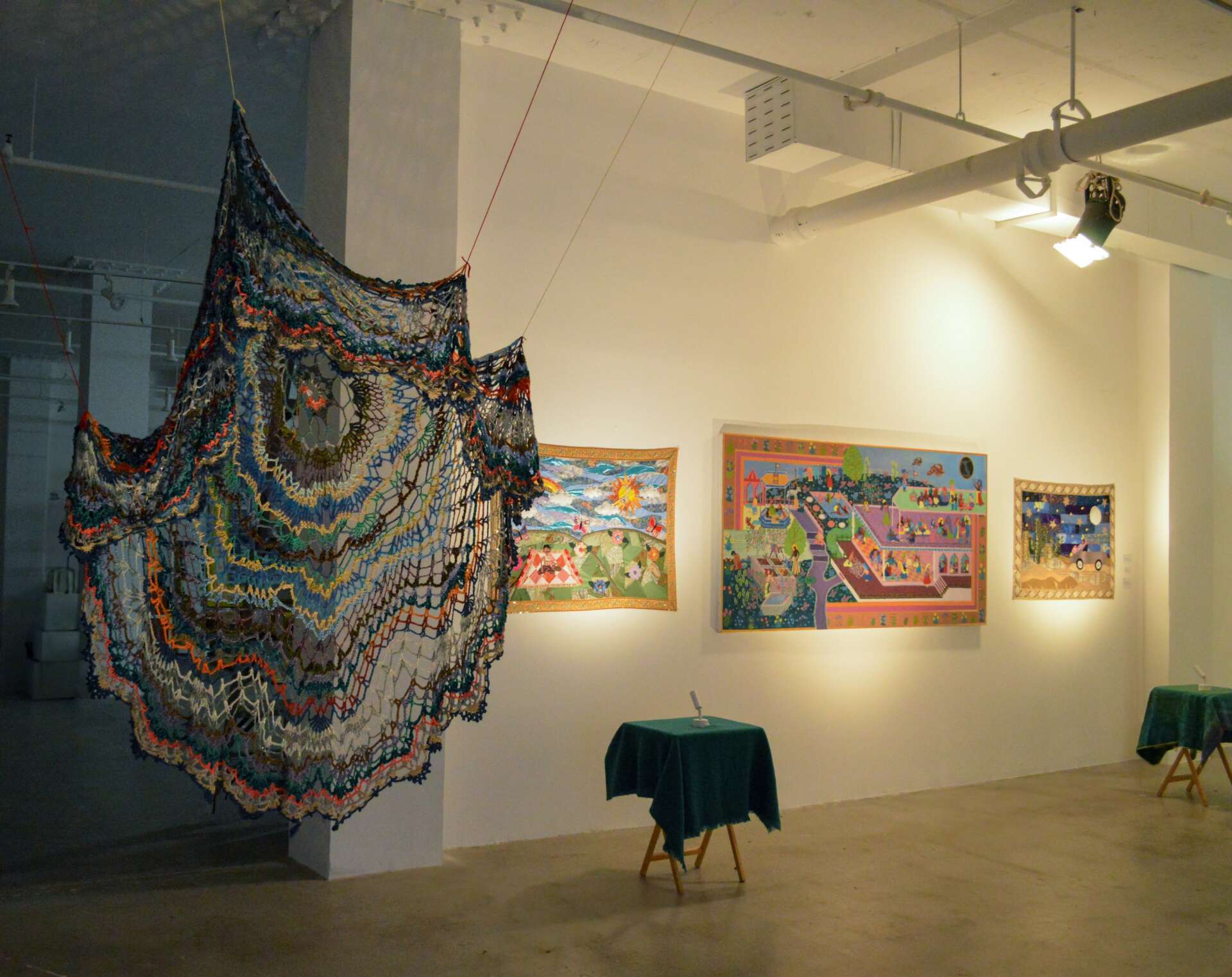

Are there any books, videos or other content that you feel have meaningfully impacted your thinking?
Writings by bell hooks, Audre Lorde, Adrienne Marie Brown, and Angela Davis, to name a few. Their writing has forever radicalised me, and for that I am grateful.
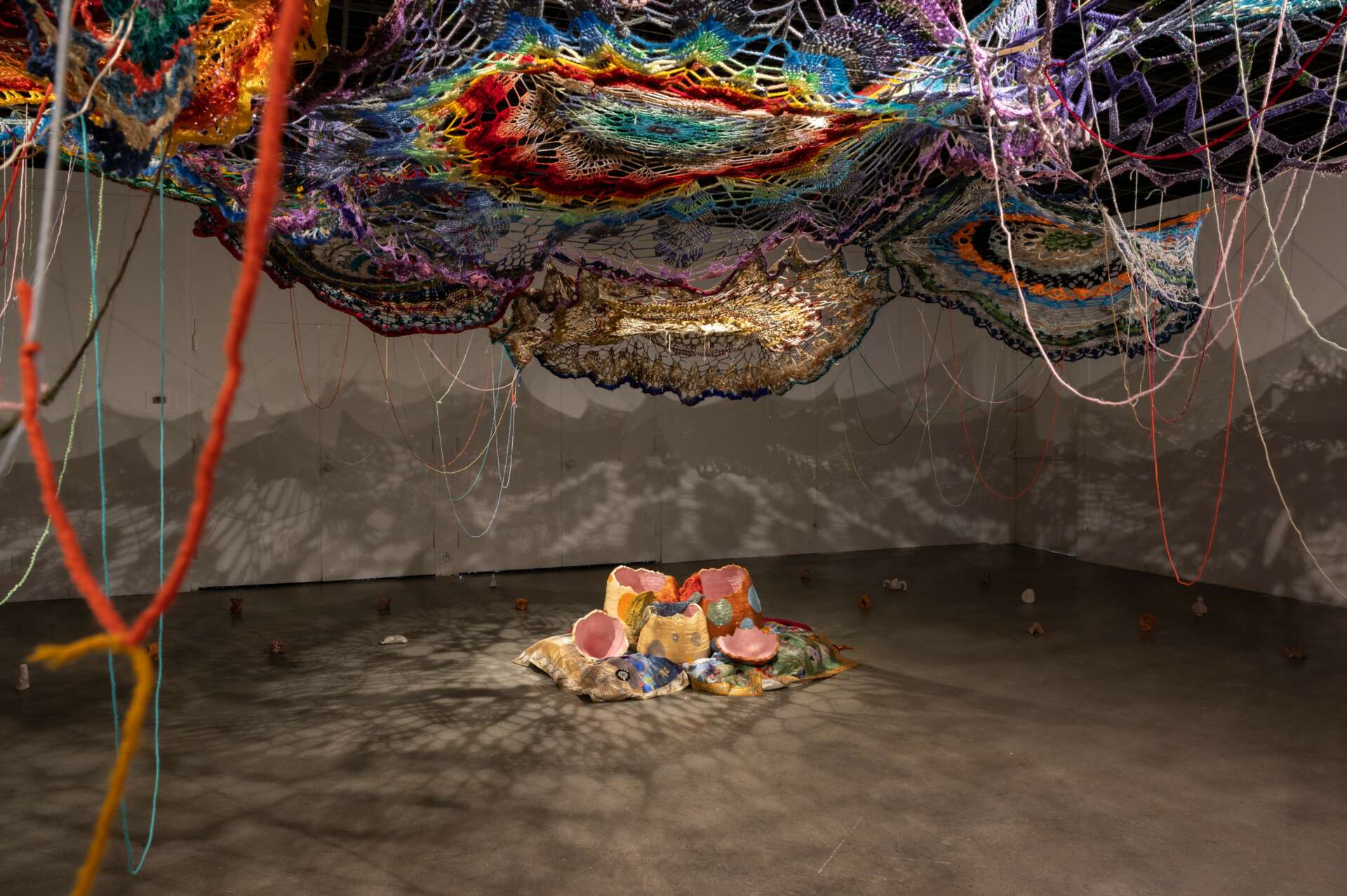

Contact Info:
- Website: www.malavikarao.com
- Instagram: malt.liqua
Image Credits
Nick Lee Elizabeth Herring Gi Ahn


